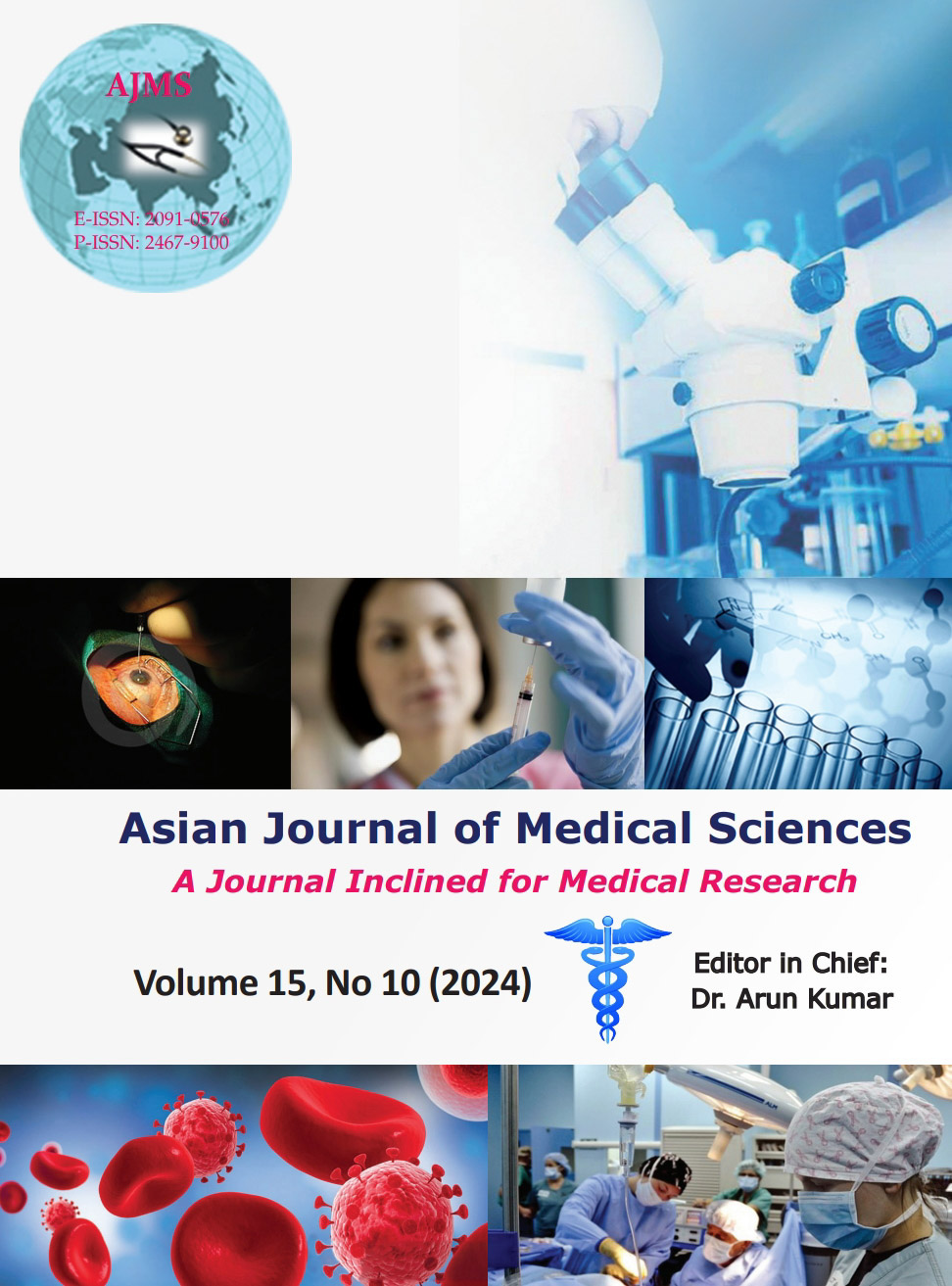A comparative study of efficacy and tolerability of bepotastine besilate (1.5%) and olopatadine hydrochloride (0.1%) eye drops in allergic conjunctivitis in a tertiary care hospital of the southern part of India
Keywords:
Allergic conjunctivitis; Antihistaminics; Bepotastine besilate; Olopatadine hydrochlorideAbstract
Background: Allergic conjunctivitis is increasing with the rise in the levels of allergens. Drug therapy is usually needed in addition to avoidance of general allergens to treat this condition. Both bepotastine besilate and olopatadine hydrochloride ophthalmic solutions are newer additions in the treatment of allergic conjunctivitis having dual properties of second-generation antihistaminics along with mast cell stabilizing activity.
Aims and Objectives: The aim of the study was to compare the efficacy and tolerability of bepotastine besilate (1.5%) and olopatadine hydrochloride (0.1%) eye drops in patients presenting with allergic conjunctivitis in a tertiary care hospital of Southern part of India.
Materials and Methods: Sixty patients who were clinically diagnosed to be suffering from allergic conjunctivitis were selected as participants for the study. They were randomly distributed into two groups consisting of 30 patients each. One group received eye drop bepotastine (1.5%) and the other group received eye drop olopatadine (0.1%), with each patient receiving the medication twice daily for a duration of 2 weeks. During the first visit, all the patients were assessed for the signs and symptoms and subsequently re-assessed at weekly intervals for a period of 2 weeks. They were also advised to report occurrence of any unwanted drug reaction during the weekly follow-up visits.
Results: The above study showed the effectiveness of both bepotastine and olopatadine eye drops in decreasing the signs and symptoms of allergic conjunctivitis. Significant clinical improvement was found in all participants, whereas deterioration was found in none of them. Statistically significant improvement of itching and redness of eyes was observed with use of both the study drugs mentioned beforehand. Both the drugs were well tolerated by the patients. Statistically significant reduction of itching and foreign body sensation was found to be more in patients using bepotastine eye drops compared to those using olopatadine eye drops. Only two patients using bepotastine eye drops complained of having a mild burning sensation in eyes.
Conclusion: From this study, bepotastine and olopatadine eye drops have been observed to be safe and efficacious in allergic conjunctivitis. Bepotastine eye drop was found to be more efficacious to relieve itching and foreign body sensation compared to that of olopatadine eye drops.
Downloads
Downloads
Published
How to Cite
Issue
Section
License
Copyright (c) 2024 Asian Journal of Medical Sciences

This work is licensed under a Creative Commons Attribution-NonCommercial 4.0 International License.
Authors who publish with this journal agree to the following terms:
- The journal holds copyright and publishes the work under a Creative Commons CC-BY-NC license that permits use, distribution and reprduction in any medium, provided the original work is properly cited and is not used for commercial purposes. The journal should be recognised as the original publisher of this work.
- Authors are able to enter into separate, additional contractual arrangements for the non-exclusive distribution of the journal's published version of the work (e.g., post it to an institutional repository or publish it in a book), with an acknowledgement of its initial publication in this journal.
- Authors are permitted and encouraged to post their work online (e.g., in institutional repositories or on their website) prior to and during the submission process, as it can lead to productive exchanges, as well as earlier and greater citation of published work (See The Effect of Open Access).




